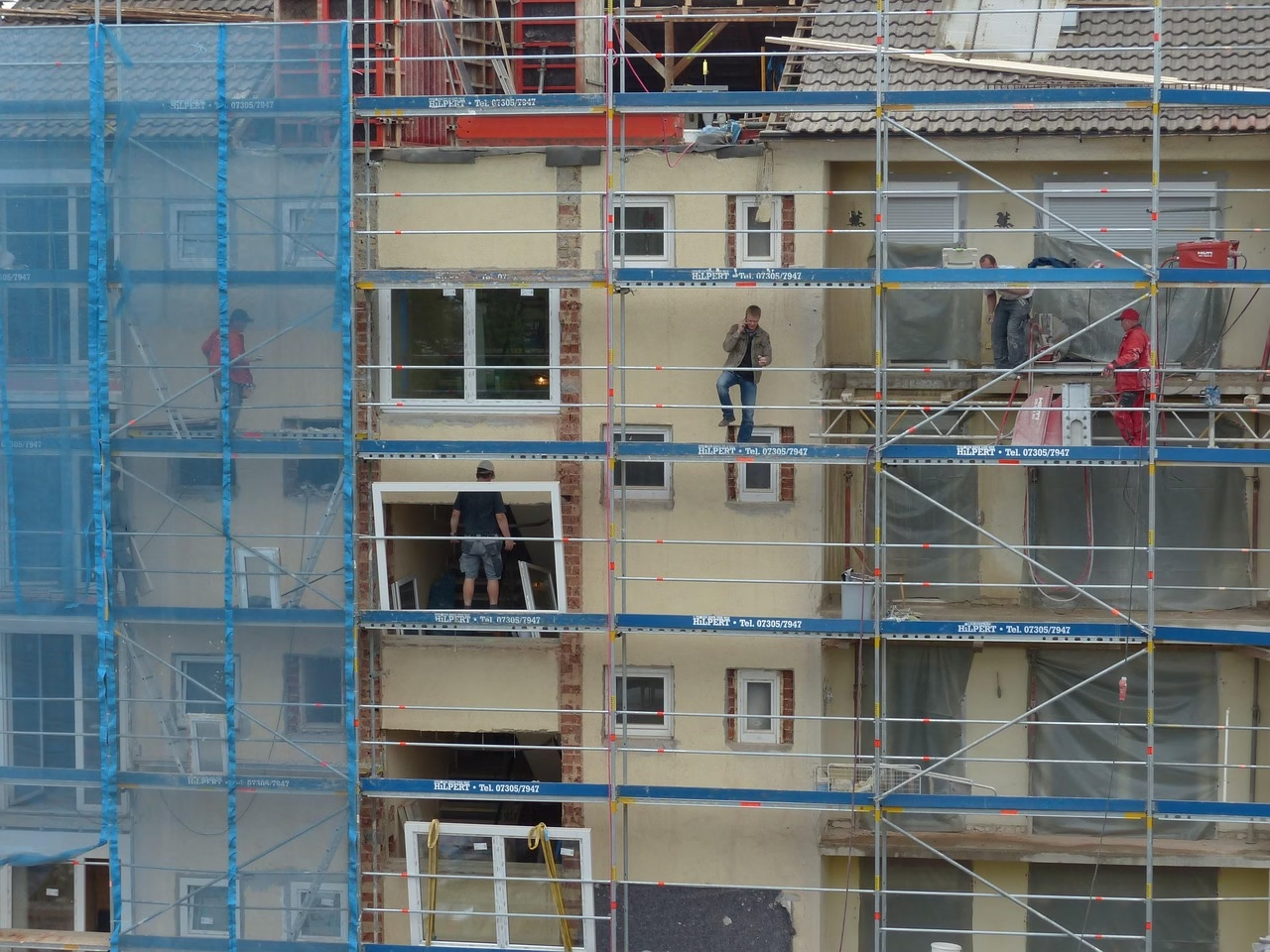“Ending the ‘Infinite Workday’: Strategies to Combat Digital
June 21, 2025 | by Ethan Rhodes

Ending the ‘Infinite Workday’: Strategies to Combat Digital Overload and Reclaim Focus Time
Let’s be real—the workday has been stretching its boundaries for years, but with remote tech and always-on notifications, it feels like we’ve traded in a commute for a never-ending inbox. If you’re checking Slack at 10 pm or feeling like you can’t remember the last time your brain had quiet time, I hear you. The “infinite workday” phenomenon is more than a catchy phrase; it’s a genuine drain on our productivity, sanity, and even our enthusiasm for work.
As someone who coaches professionals (and, okay, who’s fallen into the infinite-workday trap himself), I know how easily boundaries can blur. The good news? You can push back—and reclaim high-quality focus time. Here’s how to get started.
Recognize the Cost of Digital Overload
Digital tools connect us, but when left unchecked, they scatter our attention. Studies show task-switching caused by notifications can drop your productivity by up to 40%—not to mention the time it takes to refocus. The first step is seeing these interruptions for what they are: not urgent needs, but distractions testing your discipline.
Redraw (and Defend!) Your Boundaries
The infinite workday thrives on fuzzy boundaries. Reclaiming your time means redrawing the map and actually defending it. Start with clear work hours that protect both ends—your morning and your night. And remember, “protecting” doesn’t mean you need to apologize for being off-grid. It just means you’re setting up your day for deep, meaningful work.
- Set daily “power hours”: Dedicate blocks of time (1–2 hours) where all notifications are off and deep work happens, no exceptions.
- Use auto-responders: Let colleagues know when you’re unavailable and when you’ll reply.
- Physically close the laptop: At the end of your shift, shut it down and put it away—even if it feels strange at first.
Rethink Responsiveness (It’s Not the Same as Productivity!)
There’s a sneaky sense of accomplishment in firing off real-time replies, but relentless responsiveness is not the same as real output. Slowing down your cadence isn’t unprofessional—it’s what allows you to push projects forward instead of just keeping the lights on.
- Batch check email and chat apps 2–4 times a day, not on-demand.
- Use calendar “focus time” blocks—and train your team to respect them.
- Push for async where possible: Replace “urgent Zoom” with a thoughtful doc, or a voice note people can reply to on their schedule.
Create Tech Rituals That Work For You
You don’t have to live on do-not-disturb mode to reclaim your focus. Instead, create intentional tech rituals that help you reset. My go-to? I start the morning reviewing priorities (no inbox-checking till that’s done), and I set a 20-minute “shutdown routine” at the end of each day to review wins and set up tomorrow. This ritual is a cue to my brain: work is ending and downtime is allowed.
Restore Real Downtime—No Guilt Attached
It’s easy to fill every blank space in your calendar with “just one more task,” but creativity and stamina come from genuine rest. Take small breaks: go tech-free for lunch, step outside, move your body, or simply give your mind space to daydream. These aren’t wasted moments; they’re the refueling that makes your actual work matter.
Action Brings Back Your Focus
Escaping the infinite workday isn’t about more hacks—it’s about a mindset shift. Stop wearing digital overload like a badge of honor, start carving out (and fiercely defending) your focus time, and don’t apologize for seeking a work rhythm that encourages high performance and genuine downtime. The boundary between “work” and “life” might be thinner now, but with a little intention, you can make sure it’s still visible—and healthy.

RELATED POSTS
View all



